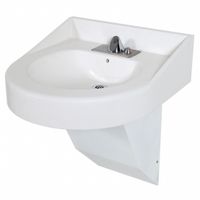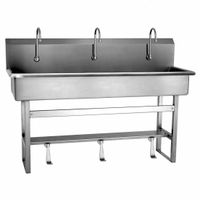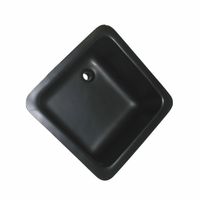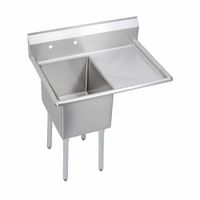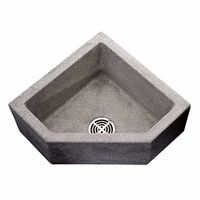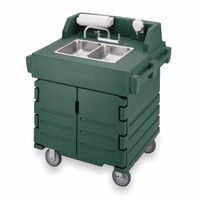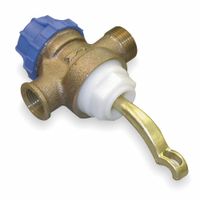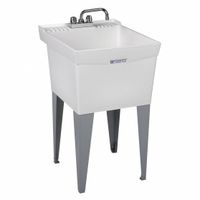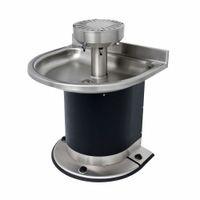Sinks, Wash Fountains & Repair Parts
Sinks, wash fountains, and repair parts promote cleanliness and hygiene wherever there is access to plumbed or portable water. Bathroom sinks are used for handwashing and grooming tasks in restrooms. Hand sinks and wash stations include single sinks to multi-user stations for washing hands, foods, a .....Read More
Frequently Asked Questions
What are the different types of sinks and their uses?
How do I choose the right sink for my kitchen or bathroom?
What materials are sinks typically made from?
How do I install a new sink or replace an old one?
What are common sink repair issues and how can they be fixed?
How do I maintain and clean my sink to ensure hygiene?
What are the benefits of using wash fountains in high-traffic areas?
How do I find the right repair parts for my sink or wash fountain?
What are the differences between plumbed and portable sinks?
How do I prevent clogs and other plumbing issues in my sink?
